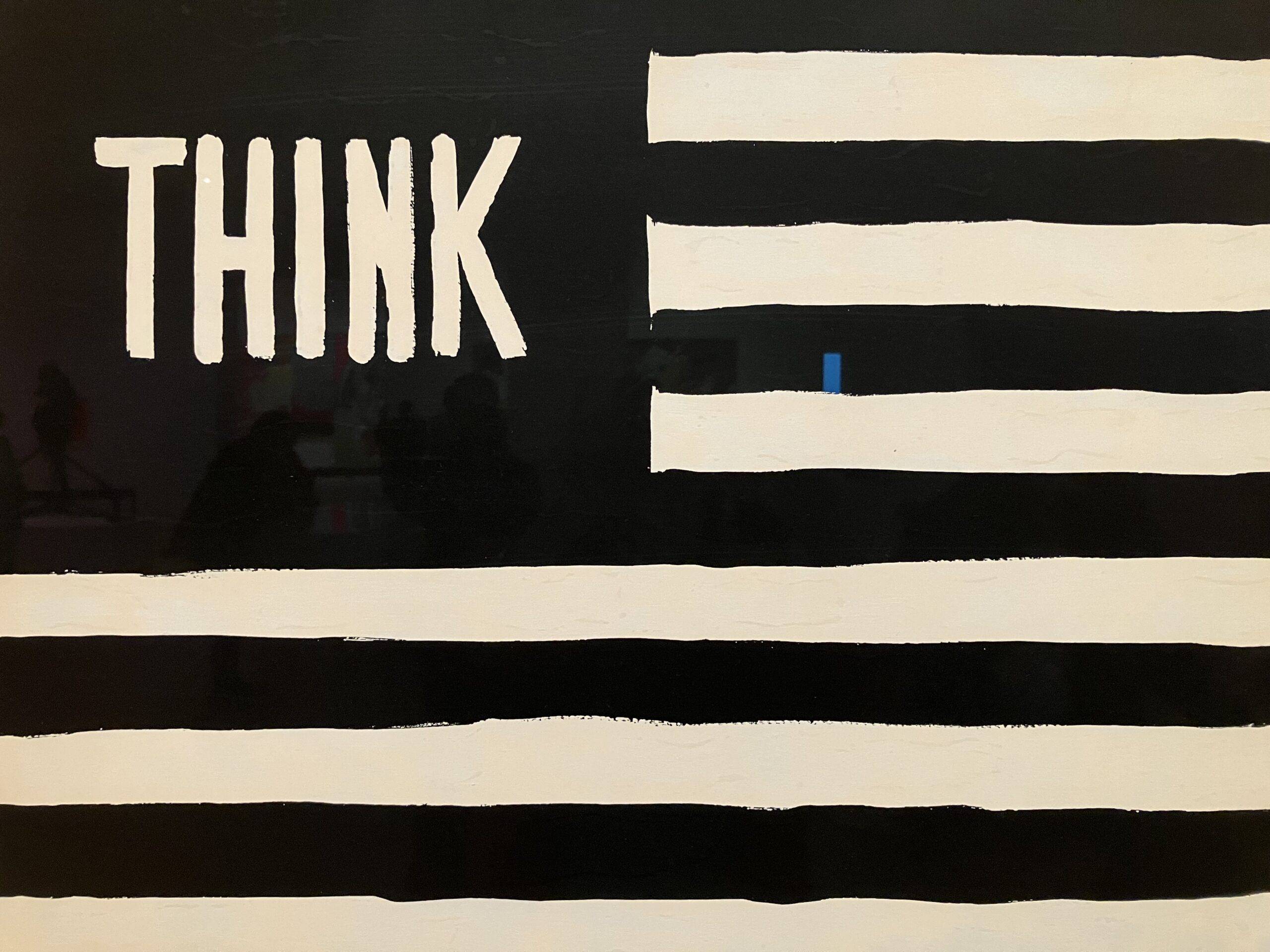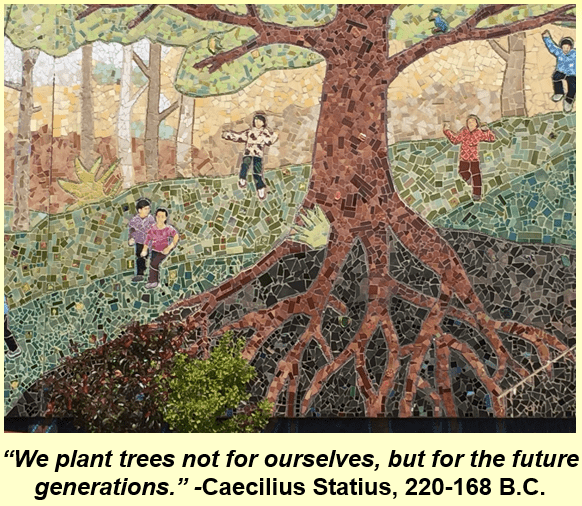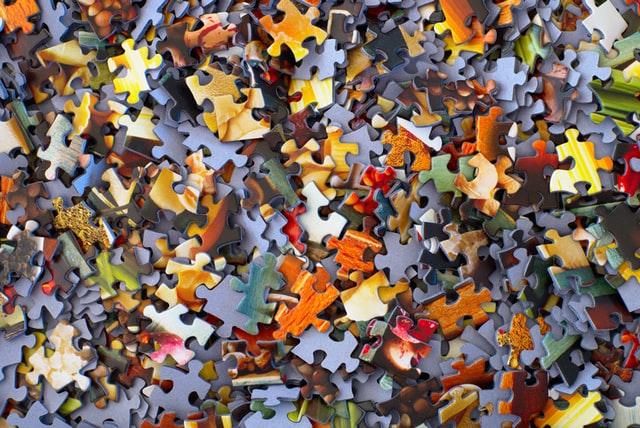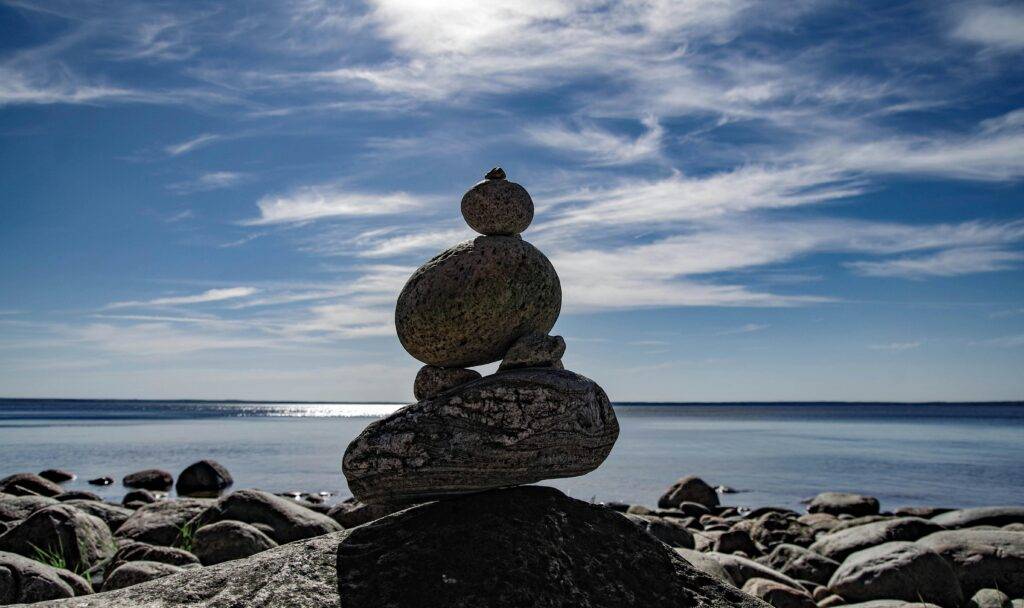 When the world feels wildly out of whack, it’s time to figure out how to bring things back into some semblance of balance.
When the world feels wildly out of whack, it’s time to figure out how to bring things back into some semblance of balance.
Today I share a proven 1-2-3 formula for nonprofit fundraising success — even when the ground underneath feels shaky.
This is a time when keeping one’s balance is quite a challenge. But, if you use this formula, you can steady yourself, right your organizational ship, and bring meaning, purpose and joy to others in your community who share your values.
What I’m about to share is obvious. I know you know it. But… do you do it?
Just in case you need a little reminder.
- The first step is essential for success in anything.
- The second step is essential for success in any consumer-facing business.
- The third step is essential for success in reaching any fundraising goal.
Begin with Centering Actions: For Yourself, Others and Your Mission.
I’m talking about balancing self-love with donor-love with mission-love.
You’re no doubt familiar with the adage “You can’t help others unless you first take care of yourself.”
This is a truism you should carry with you throughout your life, and not just when the oxygen masks come down on an airplane. It’s never been truer than in the times in which we’re currently living, when there are new things about which to worry seemingly daily.
How do you lead the way forward, helping yourself and others navigate through the tough times?
I’d like to suggest you heed this 3-Step Formula to nonprofit fundraising success.
Details
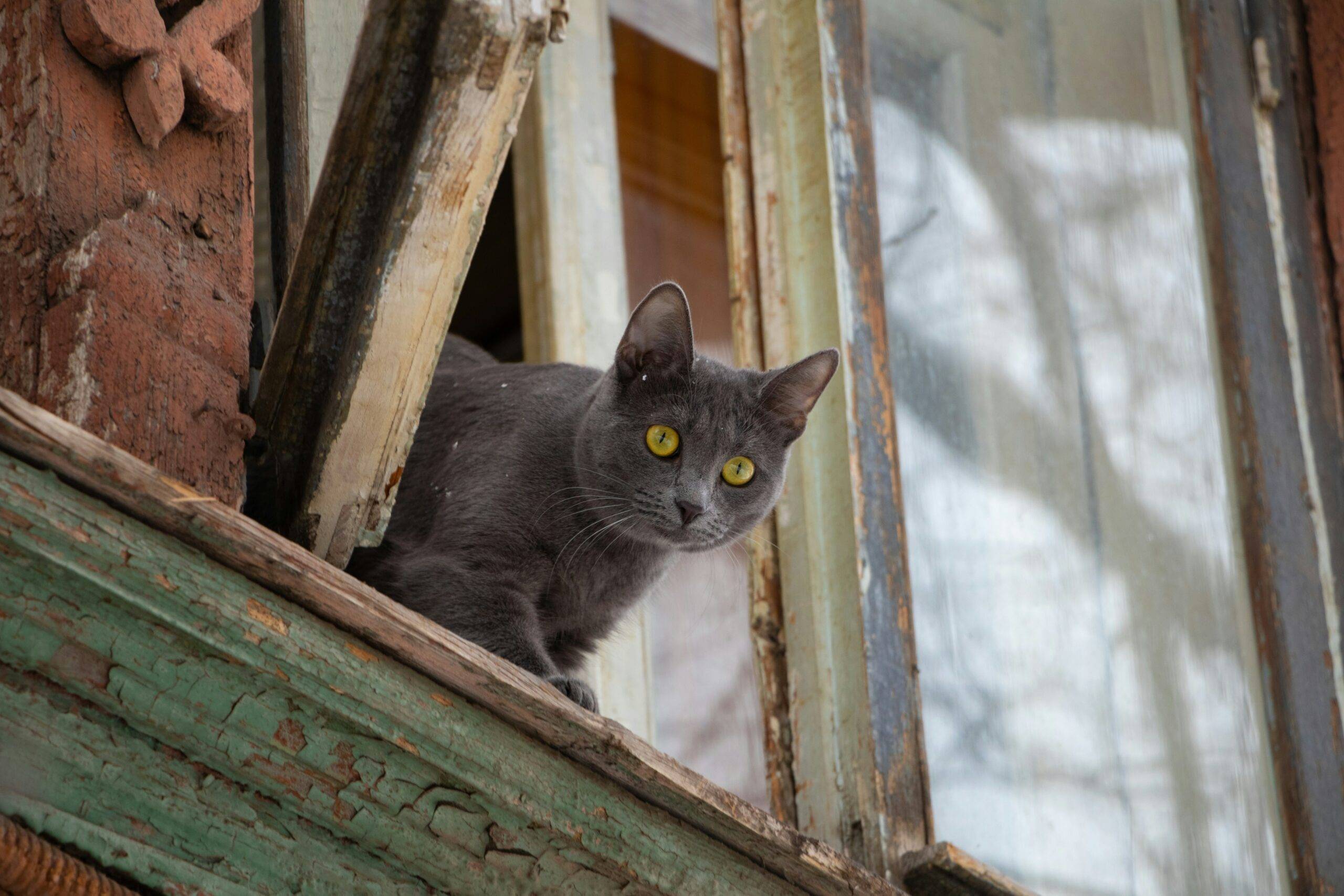
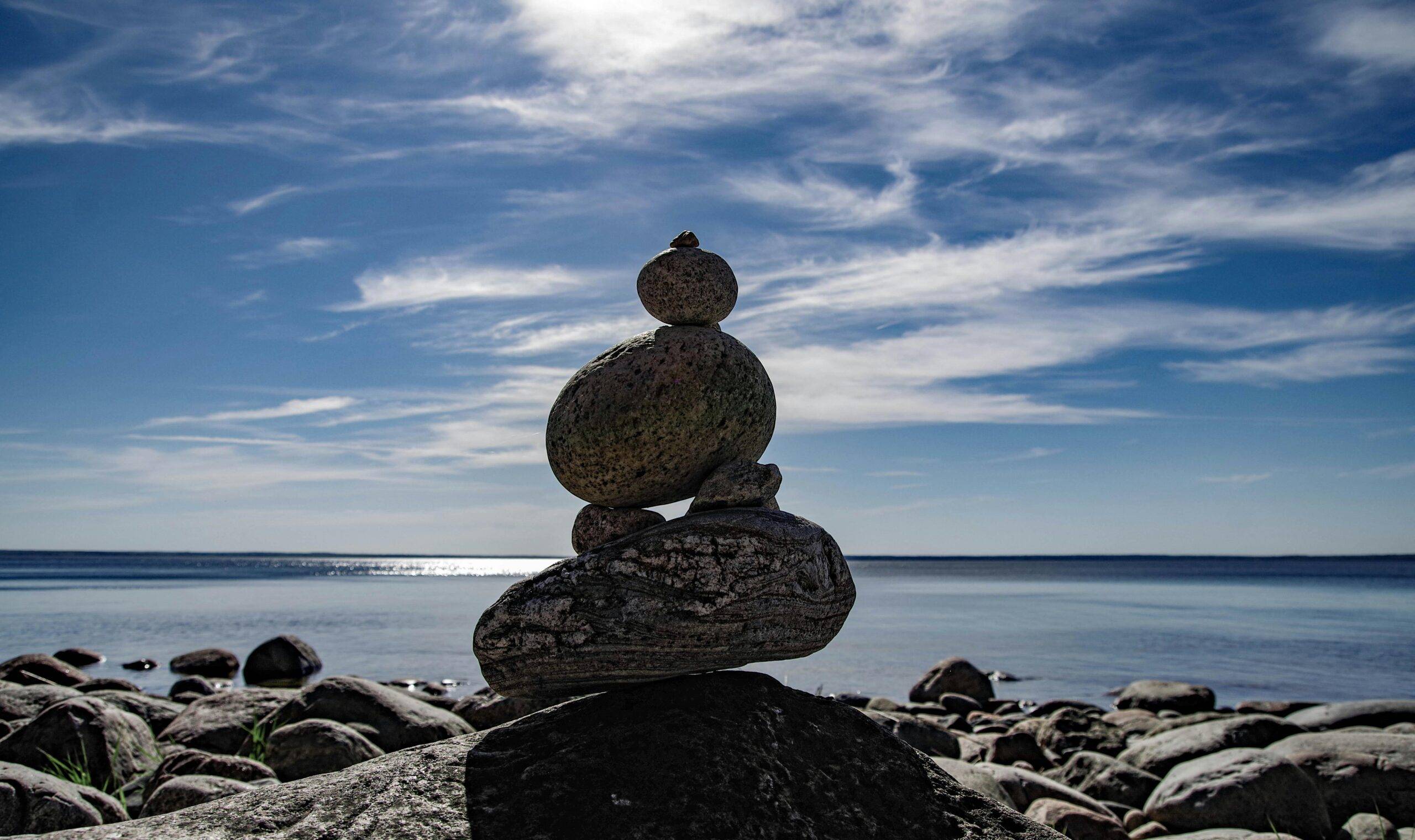
 When the world feels wildly out of whack, it’s time to figure out how to bring things back into some semblance of balance.
When the world feels wildly out of whack, it’s time to figure out how to bring things back into some semblance of balance.